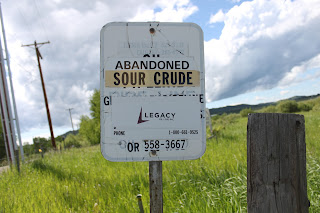Neurotoxin to be sprayed on Washington oyster beds
B. McPherson
Never forget the law of unintended consequences
Washington State has given the oyster harvesting industry
the go ahead to spray about 2000 acres of sea bed with imidacloprid to kill
burrowing shrimp. Imidacloprid is a neurotoxin that particularly affects
invertebrates(animals without backbones).
The state department of ecology has issued permits to spray
the mudflats of Willapa Bay and Grays Harbor. The stated reason is to reduce
the population of burrowing shrimp. They are also known as ghost shrimp. The
two areas that are to be sprayed with the pesticide are important oyster producing
areas. The annual revenue is over US$60 million per year.
The shrimp are feeders of small particles and given a high
enough population can compete with other plankton eaters for resources.
Burrowing shrimp dig in the intertidal mud flats almost constantly and kick out
sand and other detritus. The sediment can cover the very young oysters(spat),
suffocating them.
Imidacloprid is the most widely used pesticide in the world.
Bayer Crop Science was the inventor of this neurotoxin, but the patent
protection has run out so many other companies are now free to make copies.
The pesticide is not without controversy. It is a systemic
poison which means that when it is sprayed on plants, the plants take it up
into their cells and become poisonous. Those animals that are without backbones
– shrimp, bees – are extremely sensitive to the neurotoxin. However it can
damage fish which are slightly affected by it, birds which are vulnerable to it
and humans exposed can develop troubling symptoms.
The spraying of mud flats will be a novel use of the
pesticide. In the past the pesticide carbaryl was used to control shrimp
numbers. It is now banned. The oyster growers have tried to control the shrimp
numbers by dynamiting their burrows and in another failed attempt, spread a
thin layer of cement on top of their burrows. The idea was to suffocate them
but the creatures made new holes before the cement hardened.
Sources:

Comments
Post a Comment